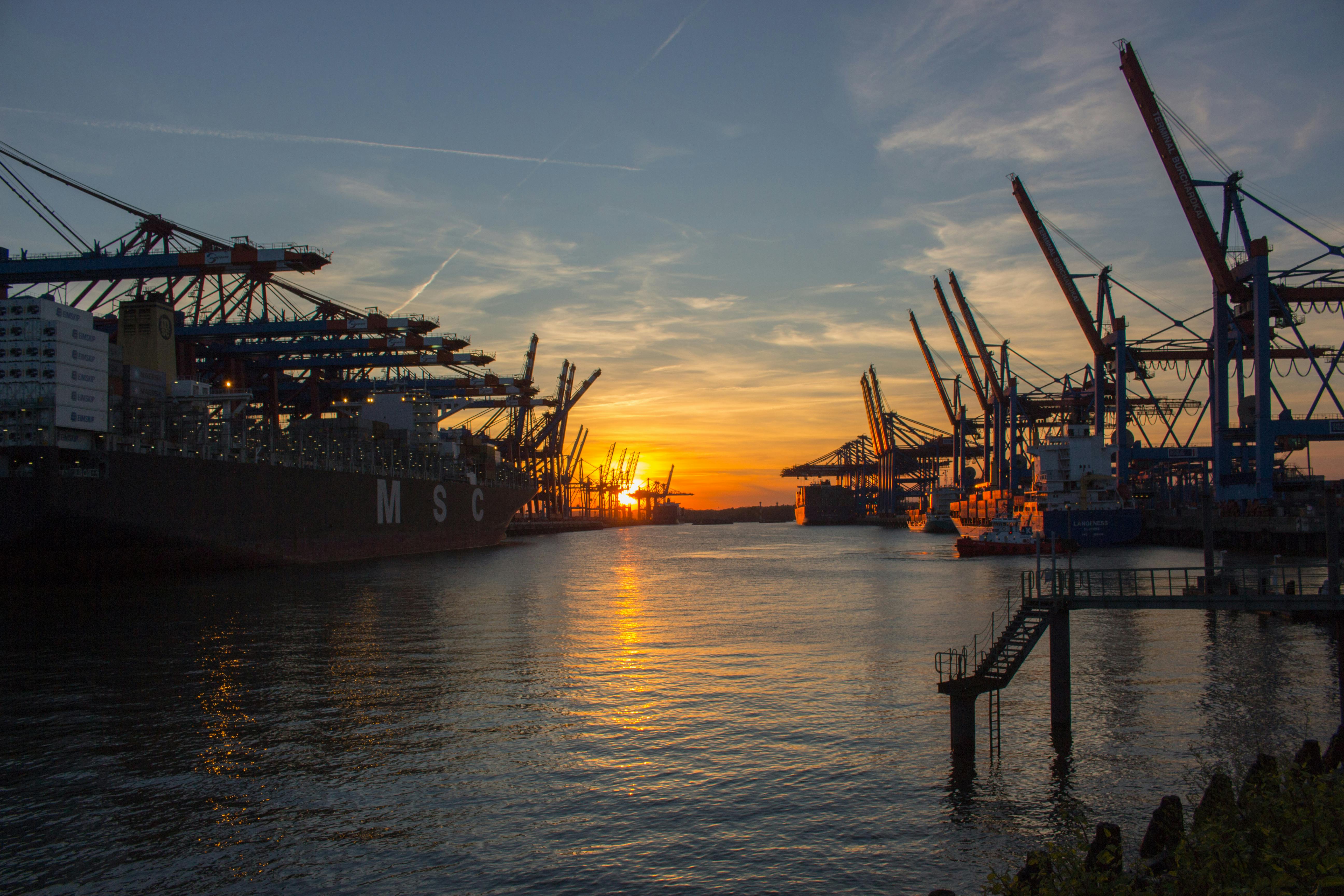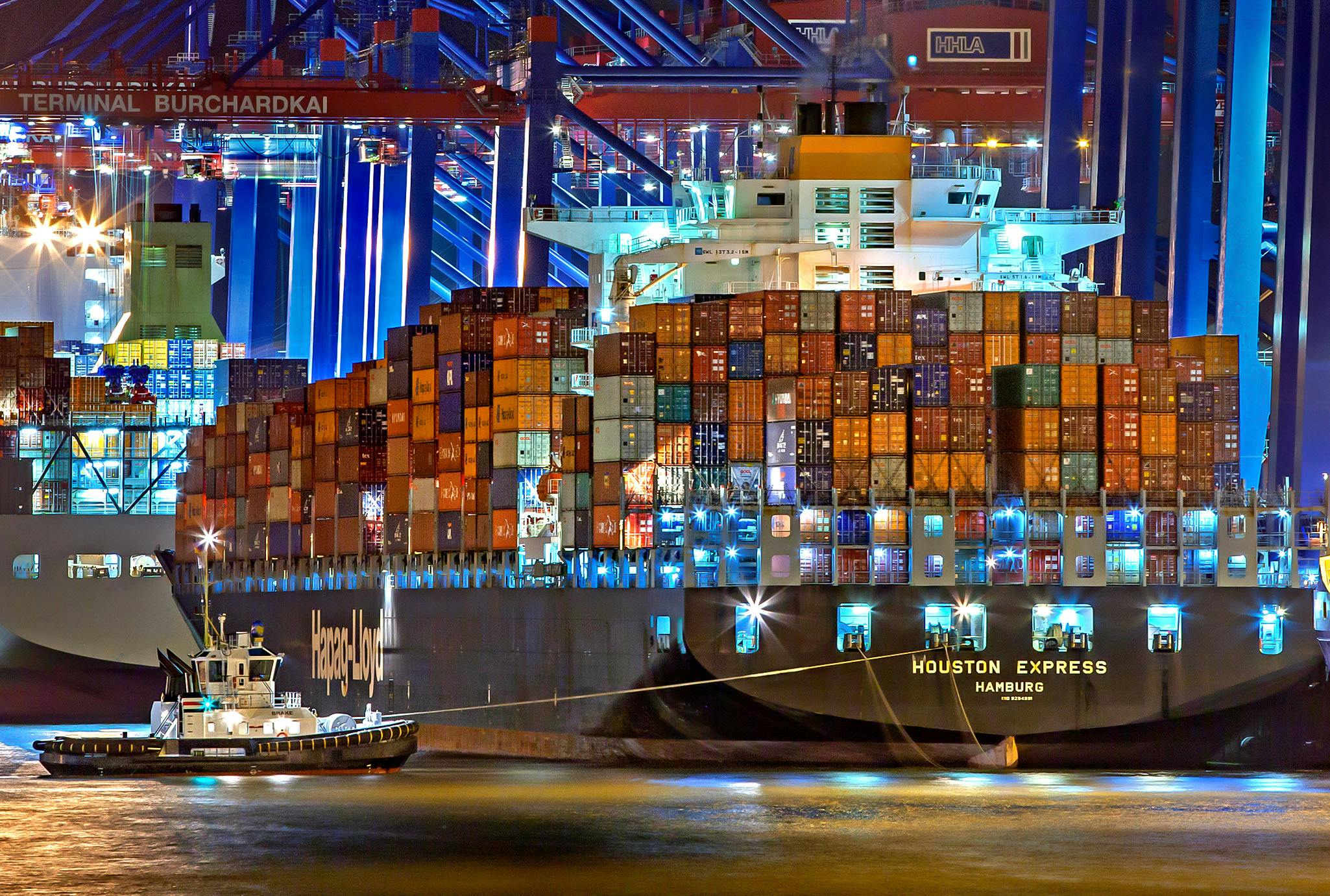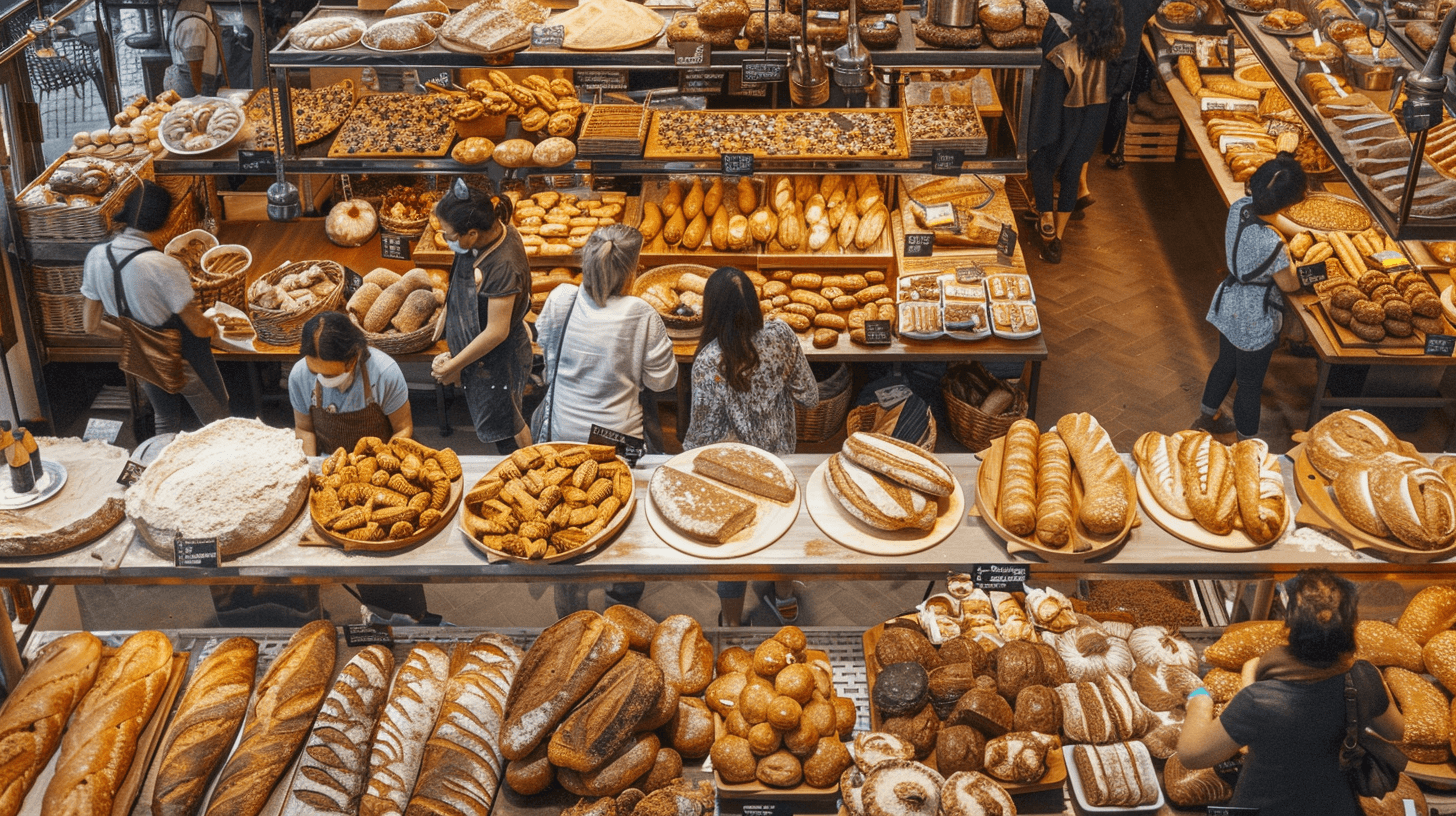Maritime Transit Delays: Understanding the Factors Behind the Slowdown
Global maritime shipping is the lifeblood of international trade, enabling the smooth movement of goods across continents. However, the past few years have highlighted the vulnerabilities inherent in this complex system. As 2024 progresses, the issue of shipping delays has become a major concern for industries worldwide. These delays disrupt supply chains, inflate costs, and impact the timely delivery of goods, affecting everything from manufacturing to retail. This article delves into the primary factors contributing to these maritime transit delays, offering insights into both long-standing challenges and emerging risks.
Geopolitical Tensions and Their Impact on Critical Maritime Routes
Geopolitical tensions have long been a significant influence on global trade, but recent developments have intensified their impact on maritime routes. Strategic waterways such as the Red Sea, the Strait of Hormuz, and the South China Sea are increasingly becoming hotspots due to regional conflicts, piracy, and territorial disputes. These issues not only threaten the safety of vessels but also lead to the imposition of additional security measures that contribute to delays.
The Red Sea and Strait of Hormuz
The Red Sea, a vital corridor for global trade, has recently seen a surge in attacks on commercial vessels, which has led to significant disruptions. For example, the Bab-el-Mandeb Strait, at the southern end of the Red Sea, is a critical chokepoint through which millions of barrels of oil and other goods pass daily. Rising tensions and piracy in this region force shipping companies to reroute their vessels or implement stricter security measures, both of which lead to longer transit times. The Strait of Hormuz, another crucial passage, is similarly affected by regional tensions, particularly between Iran and other Gulf states. This strait is the world’s most important oil transit chokepoint, and any disruption here has immediate and far-reaching consequences on global trade.
The South China Sea
The South China Sea, a major artery for global shipping, is another region where geopolitical tensions threaten to disrupt trade. Territorial disputes, particularly between China and its neighbors, have raised concerns about the security of this route. The possibility of military conflict or even minor skirmishes could lead to significant delays as ships might be forced to avoid the area altogether, opting for longer and more costly alternative routes.
The increasing militarization of these regions and the unpredictability of geopolitical developments mean that the global shipping industry must remain vigilant. Insurance premiums for ships traveling through these areas are rising, and the additional security measures required to mitigate these risks are contributing to delays and increased costs.
The Bottleneck Effect of Strategic Canal Passages
Canals such as the Suez and Panama are indispensable to global maritime trade, but their strategic importance also makes them potential bottlenecks. These narrow waterways handle a substantial portion of the world’s maritime traffic, and any disruption—whether due to accidents, maintenance work, or geopolitical events—can have a ripple effect, causing widespread delays across global supply chains.
The Suez Canal
The Suez Canal, which facilitates the direct shipping route between Europe and Asia, is particularly vulnerable to disruptions. The canal handles about 12% of global trade, and any blockage can cause significant delays. The Ever Given incident in 2021, where a large container ship blocked the canal for several days, highlighted the fragility of this key transit route. Even minor incidents can result in ships being delayed for days, as the canal operates close to full capacity. Shipping companies are often left with no choice but to wait or take the much longer route around the Cape of Good Hope, adding weeks to transit times.
The Panama Canal
Similarly, the Panama Canal, which connects the Atlantic and Pacific Oceans, is a crucial passage for ships traveling between the East and West coasts of the Americas. However, the canal’s capacity is limited by its size, and recent droughts have reduced water levels, affecting the maximum draft that vessels can have when transiting. This has led to restrictions on the number of vessels that can pass through, causing backlogs and delays. Additionally, increased competition for slots in the canal has driven up costs, forcing some shipping lines to consider alternative, longer routes.
The dependency on these canals underscores the need for alternative routes and better planning to mitigate the risk of delays. With climate change expected to bring more extreme weather patterns, the likelihood of such disruptions is only set to increase.

Environmental Regulations: Balancing Sustainability and Efficiency
As global awareness of environmental issues grows, the shipping industry is under increasing pressure to reduce its carbon footprint. This has led to the introduction of stricter environmental regulations, which, while necessary for sustainability, have also contributed to delays in maritime transit.
Emission Control Areas (ECAs)
One of the significant regulatory changes has been the implementation of Emission Control Areas (ECAs) in various parts of the world. These ECAs impose stringent limits on the sulfur content of marine fuels, forcing ships to switch to cleaner but more expensive fuels like low-sulfur fuel oil (LSFO). Compliance with these regulations often requires ships to reduce their speed to minimize emissions, a practice known as “slow steaming,” which inevitably extends transit times.
Transition to Cleaner Fuels
The global push towards cleaner energy has also led to the adoption of alternative fuels such as liquefied natural gas (LNG) and the development of new technologies like wind-assisted propulsion. While these innovations are essential for reducing emissions, they come with their own set of challenges. Ships transitioning to LNG, for example, need specialized equipment and infrastructure, which can result in longer port stays and extended refitting periods. Additionally, the availability of LNG bunkering facilities is still limited, leading to detours and further delays.
The industry is also grappling with the International Maritime Organization’s (IMO) 2030 and 2050 targets for reducing greenhouse gas emissions. Meeting these targets requires significant investment in new technologies and operational changes, which, while necessary, are contributing to the current slowdown in maritime transit.
Supply Chain Disruptions: The Domino Effect of Port Congestion
Port congestion is a major contributor to shipping delays and has become increasingly problematic as global trade volumes grow. Several factors, including labor shortages, equipment imbalances, and surges in demand, have compounded the issue, leading to significant bottlenecks at key ports around the world.
The Role of Major Ports
Major ports such as Los Angeles, Shanghai, and Rotterdam are struggling to handle the influx of goods. The COVID-19 pandemic exacerbated these challenges by disrupting global supply chains, leading to unprecedented backlogs at many of the world’s largest ports. Even as the pandemic’s effects have waned, the lingering disruptions continue to impact maritime transit. Ships often have to wait days or even weeks to dock and unload, leading to significant delays in the delivery of goods.
Labor Shortages and Infrastructure Limitations
Labor shortages, particularly in the logistics and transportation sectors, have further exacerbated port congestion. The inability to quickly move containers off docks has created a backlog that slows down the entire supply chain. Additionally, many ports are operating with outdated infrastructure that cannot keep up with the current volume of trade. This lack of capacity has led to longer waiting times for vessels and delays in the delivery of goods.
The “just-in-time” inventory model, widely adopted across industries, leaves little room for error or delay. When one link in the supply chain is delayed, it creates a domino effect that can disrupt the entire chain. This model, while efficient in stable conditions, is highly susceptible to disruptions, leading to significant challenges when unexpected delays occur.
Technology and Innovation: The Key to Future Resilience
As the global shipping industry faces mounting challenges, there is a growing consensus that technology and innovation will play a crucial role in overcoming these hurdles. Investing in digitalization, automation, and sustainable technologies can help mitigate the impact of delays and improve the overall efficiency of maritime transit.
Digitalization and Automation
Digitalization is transforming the shipping industry by improving communication, reducing paperwork, and enhancing the tracking of goods. Technologies such as blockchain, the Internet of Things (IoT), and artificial intelligence (AI) are being integrated into supply chain management, allowing for more accurate forecasting, better inventory management, and quicker response times to disruptions.
Automation, particularly in port operations, is also helping to reduce delays. Automated cranes, self-driving vehicles, and smart ports are becoming more common, enabling faster loading and unloading of vessels and more efficient movement of containers. These innovations are crucial in reducing the time ships spend in port and minimizing delays in the supply chain.
Sustainable Shipping Practices
The push towards sustainability is driving the adoption of green technologies in the maritime industry. Wind-assisted propulsion, solar-powered vessels, and hydrogen fuel cells are some of the innovations being explored to reduce the industry’s carbon footprint. These technologies not only contribute to environmental goals but also have the potential to make shipping more efficient by reducing fuel consumption and operational costs.
However, the transition to these technologies requires significant investment and time, which can lead to short-term delays as the industry adapts. Nevertheless, the long-term benefits of a more sustainable and resilient shipping industry are expected to outweigh these initial challenges.

Steering Through the Storm
The current slowdown in maritime transit is a multifaceted issue, driven by a complex interplay of geopolitical tensions, environmental regulations, supply chain disruptions, and infrastructure challenges. Understanding these factors is crucial for businesses, policymakers, and the shipping industry as they navigate the complexities of global trade in 2024 and beyond.
To overcome these challenges, the industry must embrace innovation, invest in resilient infrastructure, and foster international cooperation. By doing so, it can build a more stable and sustainable future for global shipping, ensuring that the flow of goods across the world’s oceans continues with minimal disruption. As the industry adapts to these new realities, the lessons learned will shape a more resilient global shipping network, capable of weathering the storms of the future and ensuring the smooth delivery of goods across the globe.


